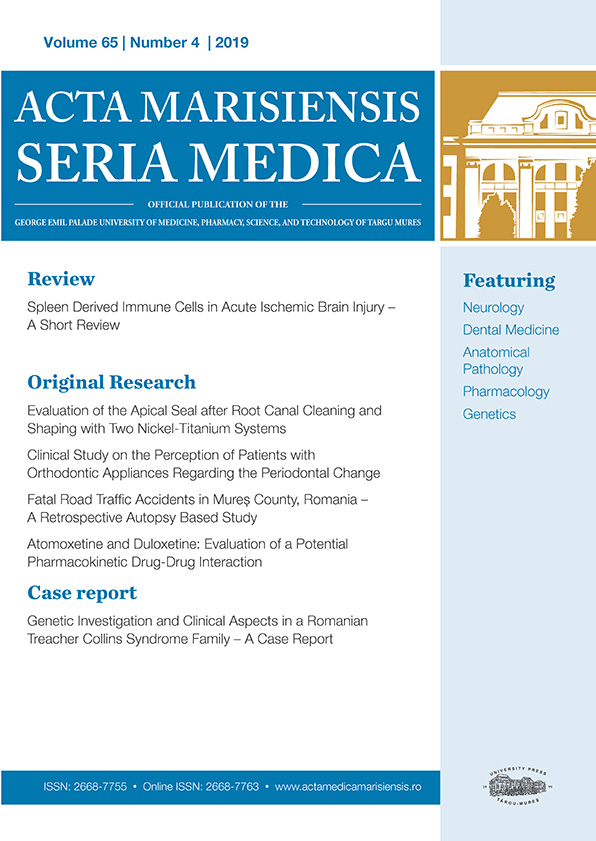An evaluation of concordance between linear measurements obtained from conventional, digital and reconstructed three-dimensional printed orthodontic models: an in vitro study
Abstract
Objective– To evaluate the potential use of digital and reconstructed three-dimensional printed models as an alternative to conventional plaster models by assessing the accuracy of their linear measurements. Methodology - Pre-treatment plaster models of 45 patients were selected from the archives of the Department of Orthodontics. Each physical plaster model was scanned and digitized using a three-dimensional (3D) laser surface scanning system (inEOS X5, Dentsply Sirona, Bensheim, Germany). The scanned STL files were later used to reconstruct models by 3D printing using Figure4® standalone 3D printer (3D systems, Rock Hill, South Carolina). Measurements of teeth 11 and 16, the transverse width of the upper jaw between the first molars (MM - intermolar width) and canines (CC - intercanine width) were done manually using a digital vernier caliper (Mitutoyo, Kawasaki, Japan), and the CAD Assistant software (Open cascade, Guyancourt, France). Intra examiner data, Intraobserver variability, and measurement accuracy were evaluated using Intraclass Correlation Coefficient (ICC) analysis was done using SPSS 20.0. Results – The intraclass correlation coefficients were >0.8 indicating high reproducibility and reliability. Significant differences were found between the physical and the digital models but to a small proportion which were deemed not clinically relevant. Conclusion - Both the digital models and reconstructed three-dimensional printed models using Figure4® technology were clinically permissible in terms of accuracy and reproducibility. The digital storage, transmission, and treatment planning in an environmentally friendly manner should promote digital over conventional records.
Copyright (c) 2022 Shravan Shetty, Srikant Natarajan, Supriya Nambiar, Prithvi Shetty, Kavery Chengappa, Mukul Shetty

This work is licensed under a Creative Commons Attribution 4.0 International License.









